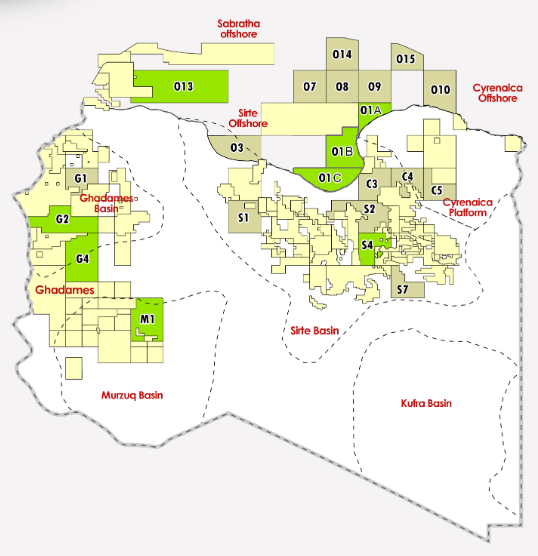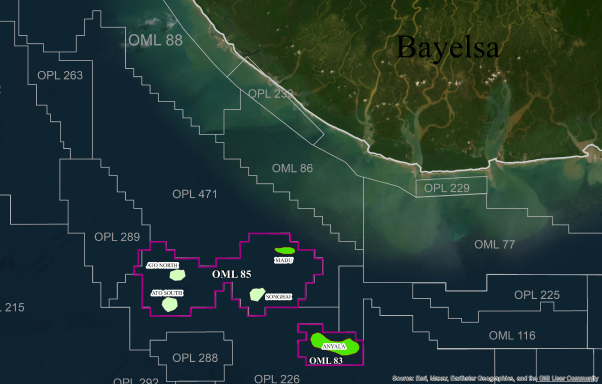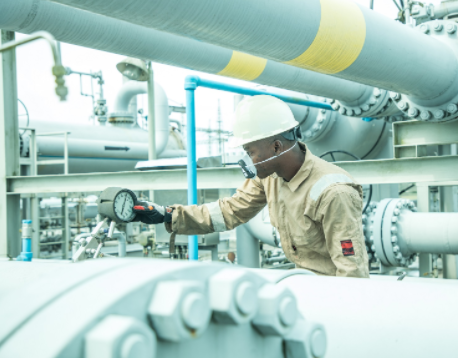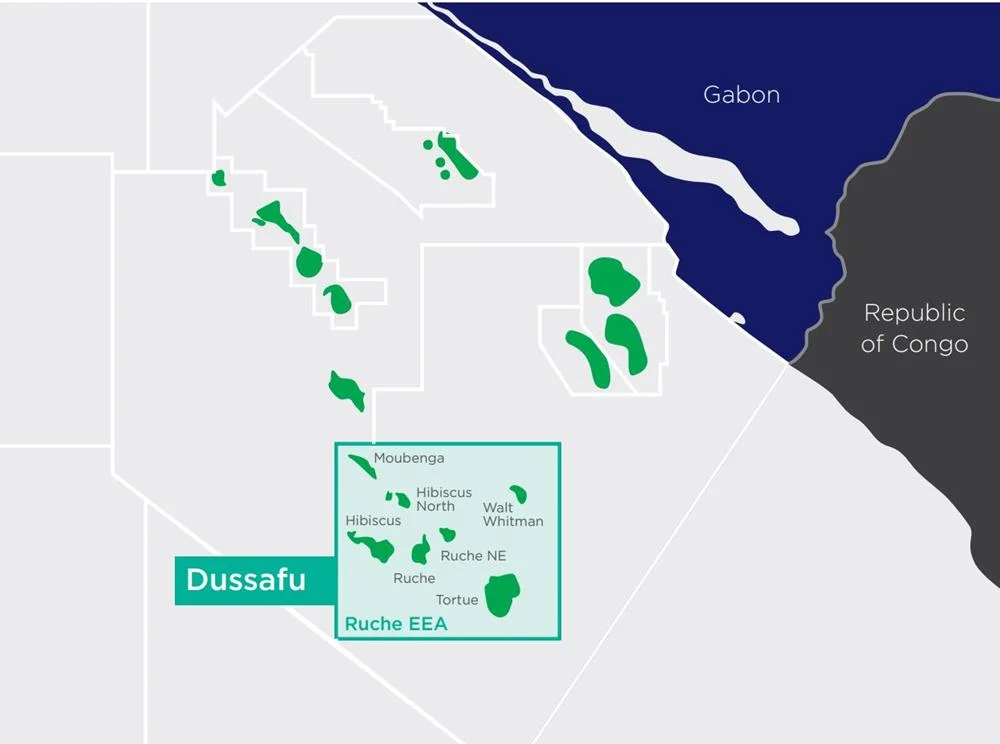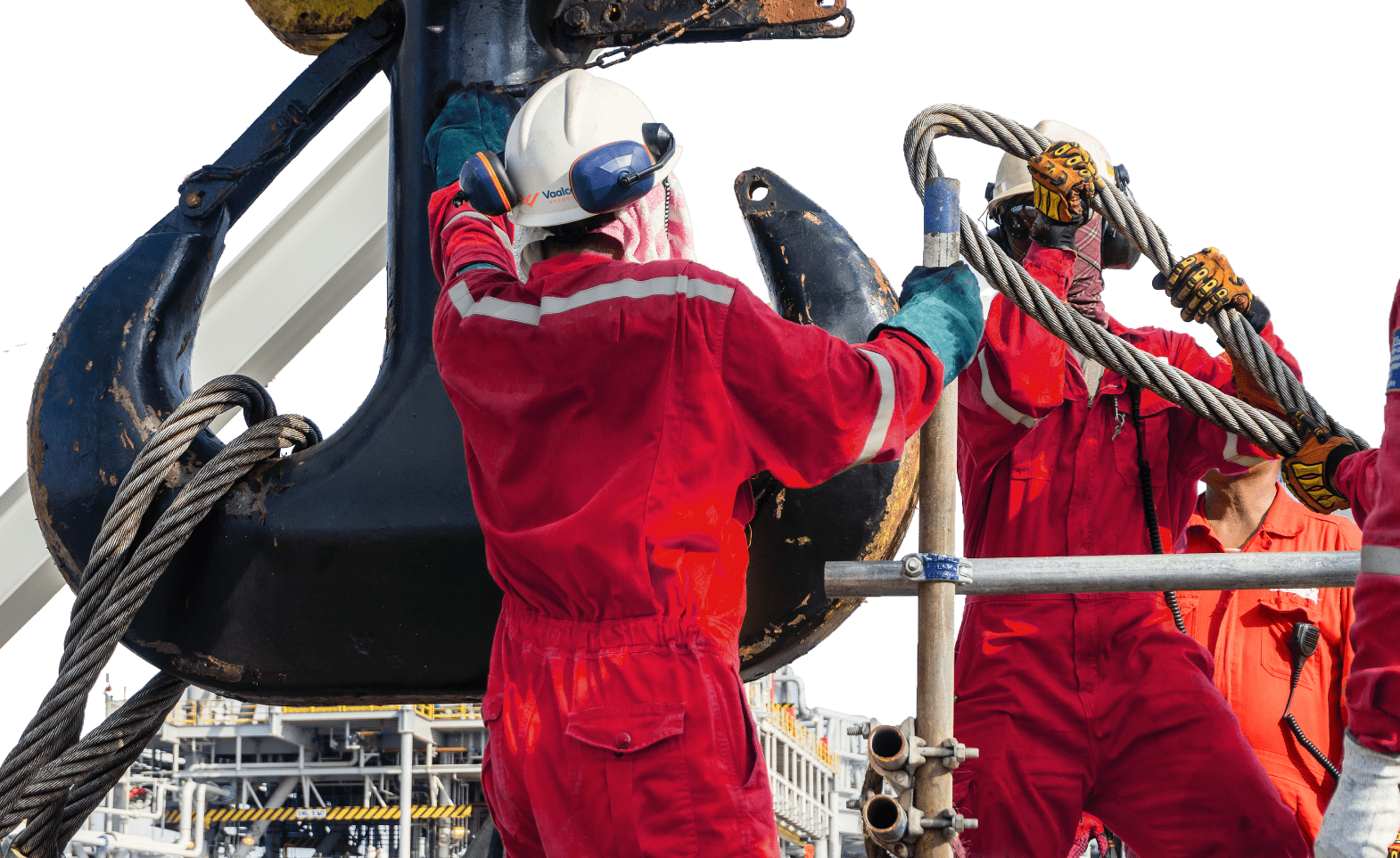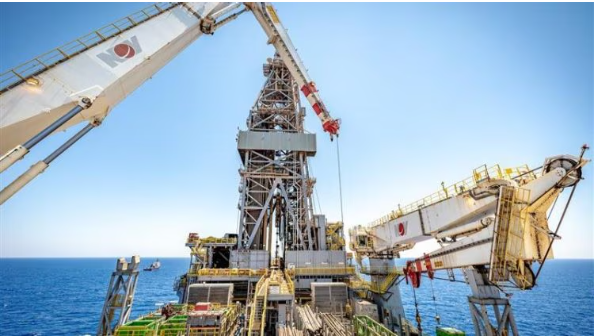Challenges Kenya, Uganda face in oil production
The East African region is now focus of the world as it joins the league of oil producing countries with over 1.6 billion barrels discovered in Uganda and Kenya with other countries in the region also showing high potential including Ethiopia and Tanzania according to reports.
In Kenya the Lokichar basin and the Lake Albert basin in Uganda where oil have been found have yielded oil of similar quality according to our sources.
The 2 countries are also projected to hold a potential 4.5 billion barrels of oil 3.5 billion in Uganda and 1 billion barrels in Kenya.
However what is yet to hit headlines is the fact that crude oil discovered in both basins in very waxy with a low solidification temperature also known as the pour point which is just 40 degrees centigrade.
This thus forms the first and largest challenge to crude oil production in the two countries as such high temperatures are only to be found at few regions in both countries.
As a result a few options remain including the building of a refinery near the production wells, use of chemicals to lower the pour point or depressants to cause congealing and finally the use of a heated pipeline to the point of export thus Lamu or Mombasa.
Currently Uganda’s president Yoweri Museveni is pushing for the building of a refinery in Hoima with a capacity of processing 60,000 barrels a day at a cost of $2.5 billion a project that has attracted interest from over 50 global firms including DAO Group (Kuwait), Haldor Topsoe (Denmark), Chevron (Nigeria), Vitol (UK) GS Engineering & Construction (Korea) and Mamorithi Pty Ltd (South Africa), Marubeni Itochu Steel & JFE Steel Europe Ltd (Japan), SAFINAT Group of Companies (Russia), Clyde Union Pumps (UK) Volo Investments Holdings Ltd (British Virgin Islands), and Link Energy (Nigeria) Petrofac (UK) OMK Steel (Russia), Jack’s Holdings (Albania), Samasung Group (South Korea), Hyundai (South Korea) among others.
From the 50 the government had earlier this week six shortlisted 6 companies including a Chinese consortium, led by Petroleum Pipeline Bureau; Japan’s Marubeni Corp. (8002.TO); London-listed Petrofac Ltd. (PFC.LN); and Swiss-based Vitol Group SA. The others are South Korea’s SK Energy Co. and a consortium led by Russia’s RT Global Resources.
Kenya on the other hand has in its development blueprint Vision 2030 a plan to build a refinery in Lamu which will process double the amount in Hoima at a set ouput of 120,000Bpd by 2015 targeting oil from Kenya and Ethiopia.
The refinery is however likely to be delayed with the 2240km oil pipeline from South Sudan through Isiolo to lamu way behind schedule and barely having started.
A refinery would reduce cost associated with the other two options but could also make it hard or longer for the investors to recoup their money.
Once refined the two countries have the option of transporting the oil by pipeline or by trucks/tankers to the Mombasa port.
The other option would be to inject a chemical into the crude oil that raises the pour temperature from 40 degrees centigrade to about 20 degrees to allow it to be transported via pipeline or trucks.
These chemicals may be of two types: one that keeps the temperature above the pour point (not always economically and technically feasible) and the use of chemical pour point depressants to modify the interactions between the precipitating waxes, thus reducing the pour point and improving the flow characteristics.
As a research “Understanding the pour point depression mechanism” puts it the use of chemical is not that straight forward and may require a lot of testing before the right additive has been found.
“The problem arises in that the wax-additive interaction is extremely complex and very poorly understood, so that no prior judgement can be made as to the efficacy of a particular additive for depressing the pour point of a particular crude,” reads part of the research.
Our source notified us that the use of chemical additives is being considered in both countries with research already underway although he was not aware of any related developments in acquiring the chemical.
Finally the use of a heated pipeline is both costly and time consuming.
In this case a 1400 kilometre pipeline will be needed from central Uganda to the Kenyan coast and could anything in upwards of $4 billion.
Construction of any infrastructure comes with its problems including court battles with land owners among others that could delay such a project.
Even worse the amounts of energy needed to heat a pipeline for such a distance is unthinkable in a region where countries are not energy efficient.
In the case of Kenya the oil is to be found in remote regions to the North where basic infrastructure such as roads is lacking and sometimes may need to traverse various communal lands that have huge security risks.
The challenges are not limited to oil production phase as Kenya also lacks sufficient legal framework needed for the project with Uganda just having recently enacted the Petroleum (Refining, Conversion, Transmission and Midstream storage) Act.
All in all what we can be sure is that the future is brighter than the few challenges that exist and with the proper political goodwill and good governance the resources are set to transform the region by bounds.
Related articles
- Kenyan oil industry faces infrastructure, capacity challenges (oilnewskenya.wordpress.com)
- Uganda to receive $100 Billion From Oil (oilnewskenya.wordpress.com)


